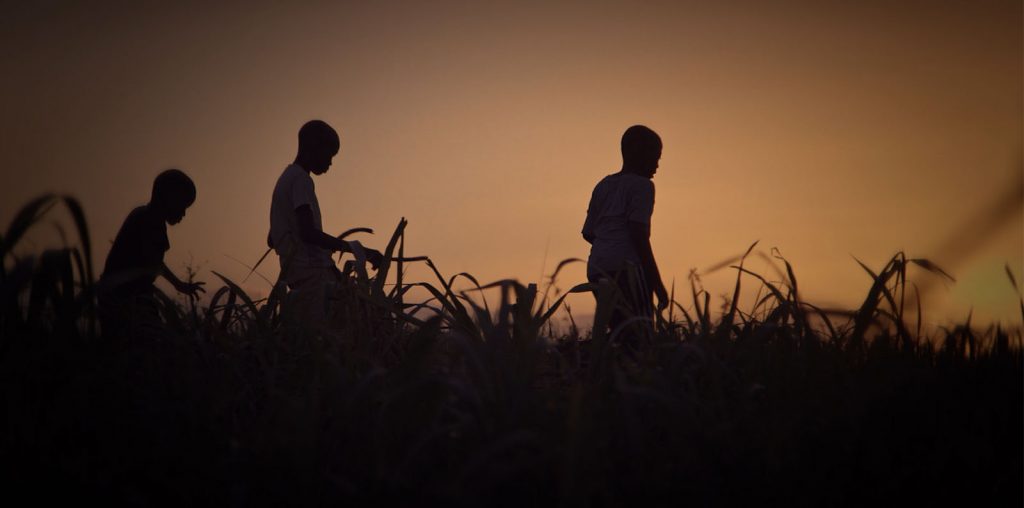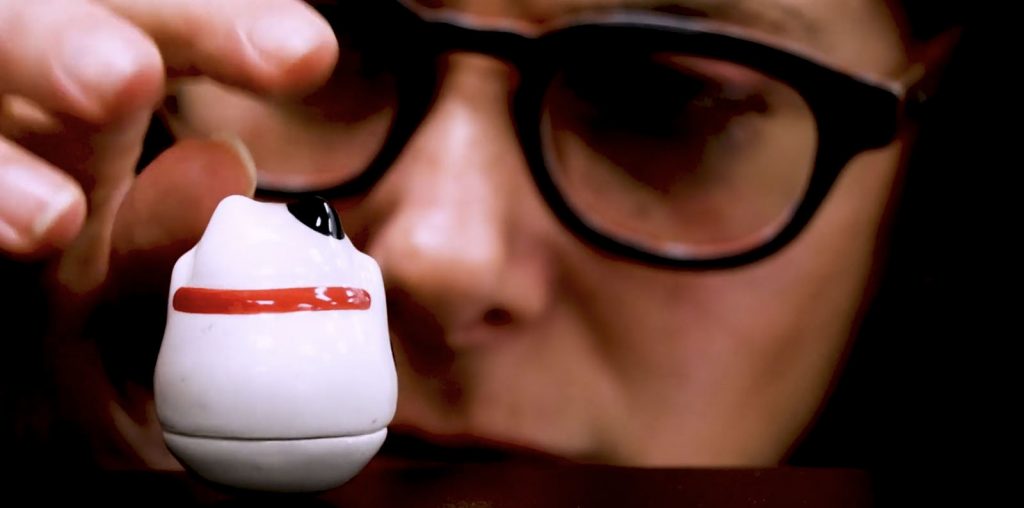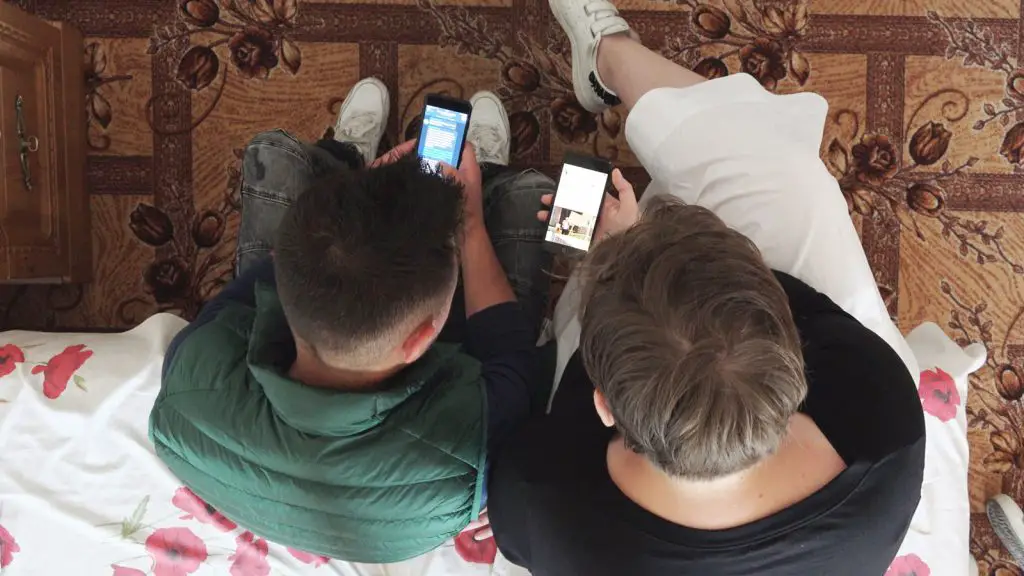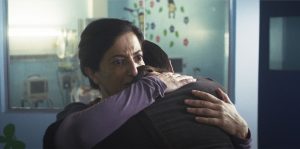
“To live in this sh**ty country, you either have to be mad or drunk,” Ernesto, the protagonist of Cesar Diaz’s well-meaning but uneven Our Mothers, says despondently about his native Guatemala. A young anthropologist working for the Forensic Foundation, Ernesto identifies missing victims of the civil war by assembling their bones into skeletal shapes. Alas, his country’s bones have long since disintegrated, leaving behind a ravaged land inhabited by despondent, impoverished people. To extend the metaphor further, Our Mothers cold have used a bit more flesh on its brittle bones. Diaz wears his heart on his sleeve and elicits affecting performances from his cast, but his portrait of a country in turmoil feels incomplete.
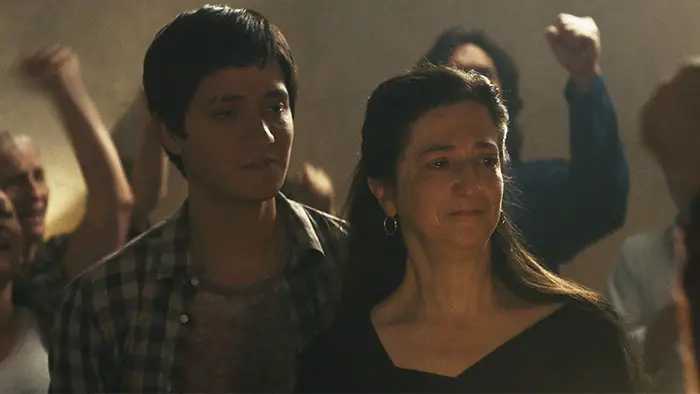
“…identifies missing victims of the civil war by assembling their bones into skeletal shapes.”
One day, a woman called Nicolasa (Aurelia Caal) comes to Ernesto asking to have her husband, Mateo, exhumed. She hadn’t seen him since 1982, when “army trucks came up to the village, looking for guerillas, but especially their weapons.” Because Nicolas and her fellow villagers had provided aid to the guerilla soldiers, the men were taken away to be tortured at a nearby school, close enough for their screams to be heard by their wives. Things went downhill from there as the wives were raped, and their husbands shot. Nicolasa asks Ernesto to retrieve Mateo’s remains out of that place. She then shows him a photo of her husband, standing next to several guerilla soldiers. In one of them, Ernesto recognizes his father, who went missing during the war.
Ernesto instantly becomes obsessed. He visits Nicolasa in her scenic-but-decrepit little village, located next to her husband’s grave and filled with kindred souls who have lost loved ones to the army. “How can you carry on living here?” he asks Nicolasa. She can’t. She’s fed up. Hence, she needs his help. Ernesto’s mother, Cristina (Emma Dib), thinks he’s acting unprofessional and wasting his time, but just how significant was her involvement? Ernesto’s journey leads to a court trial and a crucial testimony that, in a way, helps him reassemble his proverbial skeletons.
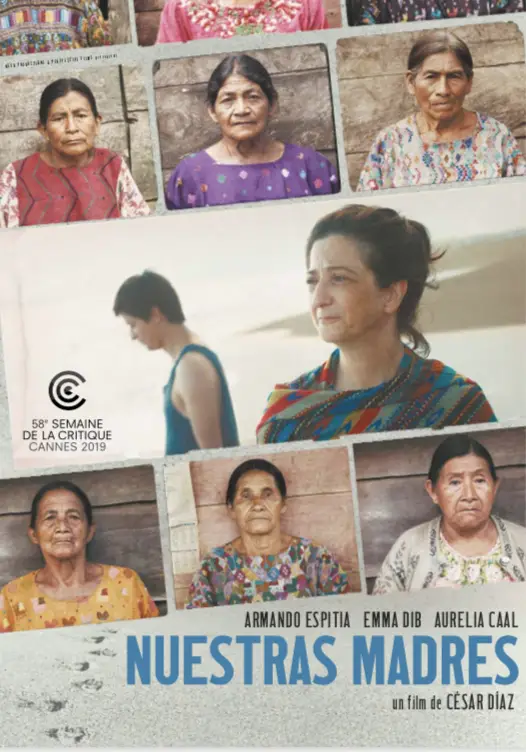
"…overall approach is fragmentary, which makes for somewhat uneasy viewing."
